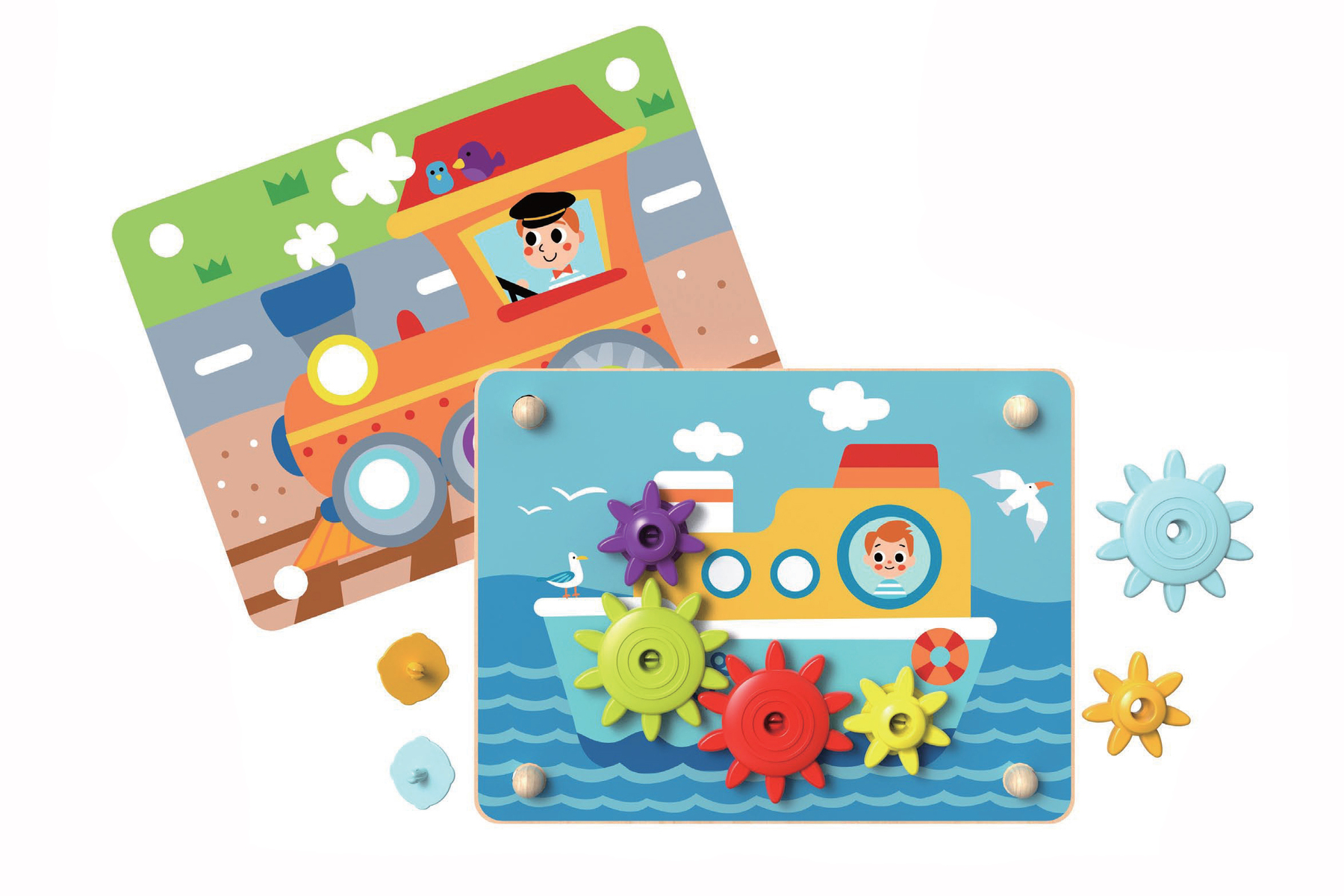Introduction: Children on the autism spectrum often benefit from activities that engage their senses while providing structure and routine. The gear game puzzle with cards offers a unique combination of sensory stimulation and clear objectives, making it an ideal choice for children on the spectrum. In this blog post, we'll explore how this game can aid in sensory processing and support routine-oriented children, ultimately fostering their cognitive and social development.
- Sensory Processing: Sensory processing challenges are common among children on the autism spectrum, making it essential to provide activities that offer sensory input in a controlled and engaging manner. The gear game puzzle with cards ticks all the boxes by incorporating tactile, visual, and proprioceptive sensory experiences.
- Tactile Sensory Input: Handling the gears provides tactile feedback, helping children develop fine motor skills and tactile awareness. Manipulating the gears also offers a calming sensory experience, promoting relaxation and reducing stress levels.
- Visual Stimulation: The colorful gears and cards offer visual stimulation, engaging children's visual senses and promoting visual processing skills. Following the visual instructions on the cards enhances visual-spatial abilities and strengthens visual discrimination skills.
- Proprioceptive Input: As children manipulate the gears to align them according to the card instructions, they receive proprioceptive input, which contributes to body awareness and motor planning. This sensory feedback is crucial for improving coordination and spatial orientation.
- Supporting Routine-Oriented Children: Children on the spectrum often thrive in routine and predictability, finding comfort in activities that follow a clear sequence of steps. The gear game puzzle with cards provides the perfect structure for routine-oriented children by offering a clear goal to target.
- Clear Objectives: The game cards depict specific gear arrangements, providing children with a clear objective to achieve. This clarity helps children stay focused and motivated, as they know exactly what they need to accomplish.
- Predictable Format: The consistent format of the game cards allows children to anticipate the next steps, fostering a sense of predictability and control. This predictability is reassuring for routine-oriented children, as it reduces anxiety and uncertainty.
Conclusion: The gear game puzzle with cards is a versatile and effective tool for supporting the sensory processing needs and routine preferences of children on the autism spectrum. By offering a rich sensory experience and clear objectives, this game promotes sensory integration, cognitive development, and social interaction. Incorporating this activity into daily routines can provide structure and predictability while fostering a love for learning and exploration.


